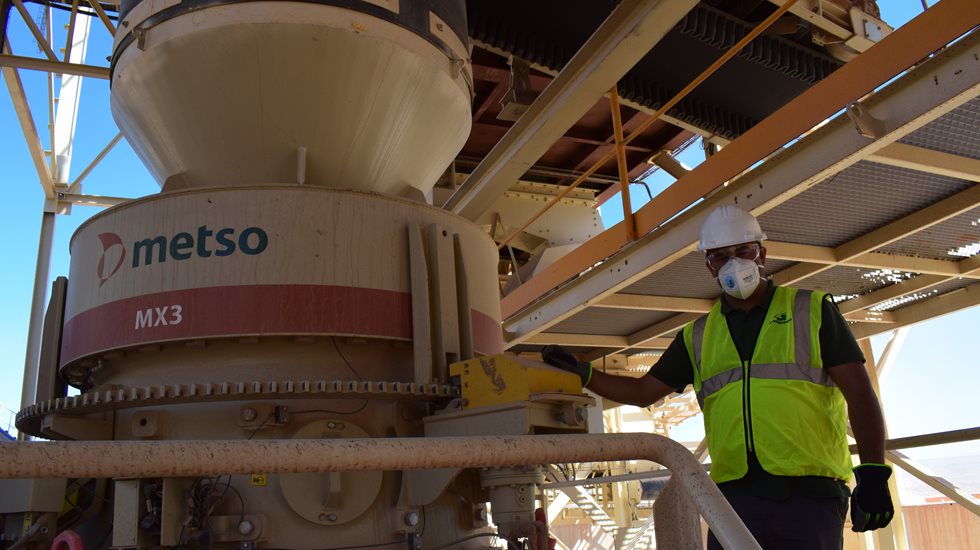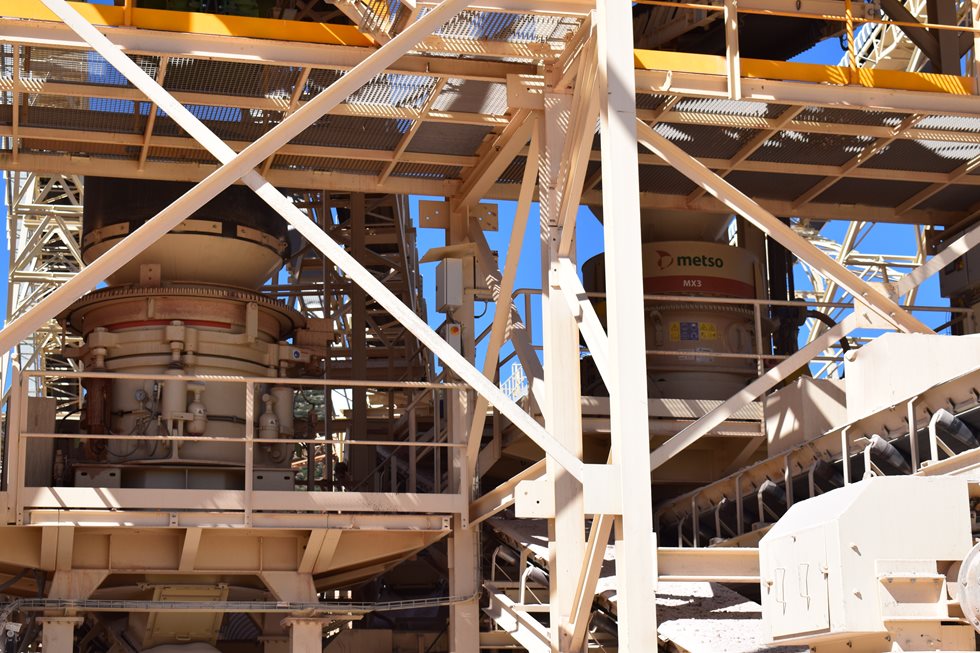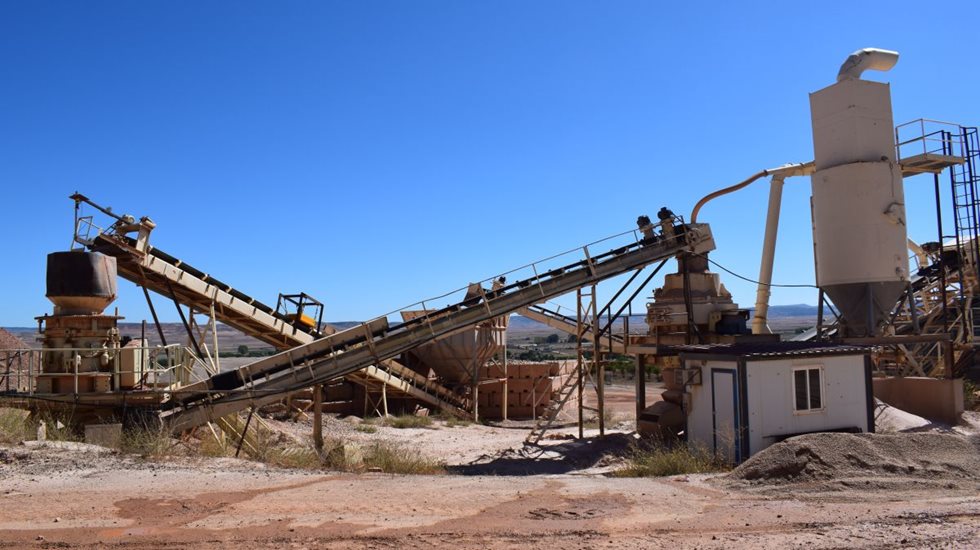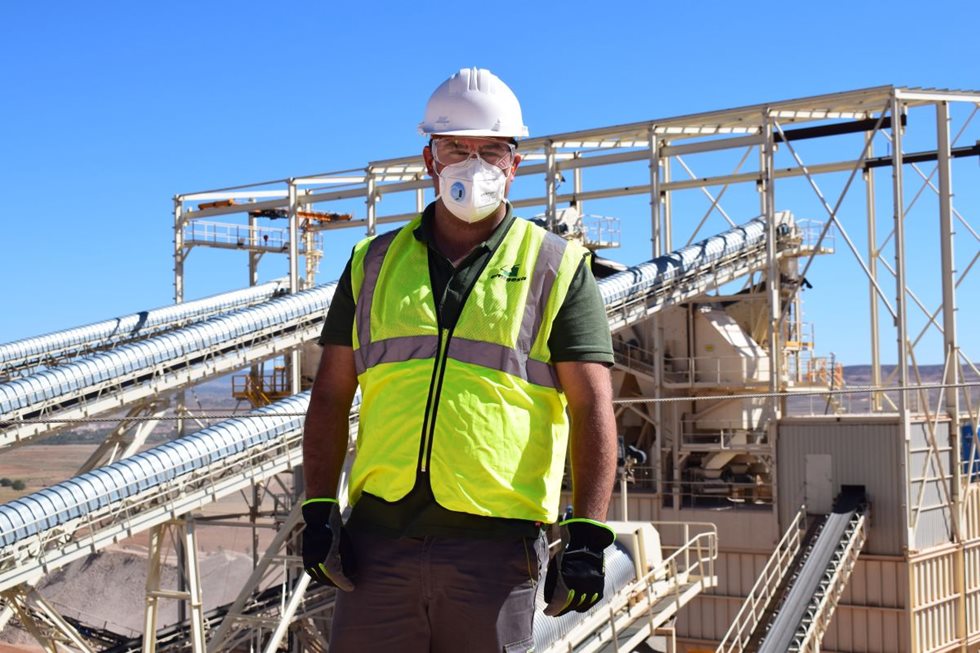Emipesa SA is a Spanish aggregates, asphalt and concrete producer that mainly works in the province of Teruel, the south zone of Castellón and other neighboring provinces.
It has three quarries within 100km along the A23 highway. The ‘San Blas’ and ‘Ventorrillo’ quarries produces limestone and the ‘El Poyo del Cid’ quarry produces siliceous ballast.
Ventorrillo is Emipesa’s oldest quarry, operational since 2000, and El Poyo del Cid, where the initial building works started just two year ago, in 2017, is the youngest. In 2019, the company became the proud owner of the newest Metso MX3™ Multi-Action cone crusher, the first in Spain.
Longer lifetime to crusher liners
Back in 2013, Emipesa started operating a primary Nordberg® C125™ jaw crusher with a Metso Rockbreaker MB352™ boom & hammer and a secondary Nordberg HP200™ cone crusher. In 2014, they bought an additional Nordberg HP300™ secondary cone for a big contract, to produce aggregate for a 15km-long road to be built between Zaragoza and Soria.
The extremely abrasive quartzite aggregate that Emipesa processes led to shorter liner lifetimes and Emipesa having to stop production to adjust the crusher settings seven times a day (every 1.5hr). Each stop represented 15 minutes of lost production time, adding up to about 100 minutes of downtime every day and, in Emipesa’s case, 16 days per year.
Knowing that the site produces 2000-2200 tonnes of aggregates a day and a tonne of aggregates is sold for around Eur 9, the cost of this downtime represented close to Eur 290,000 per year.



